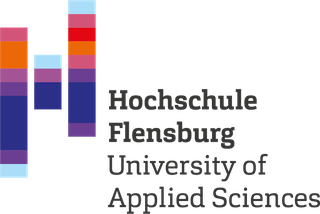Datenhoheit dem Souverän - die Genossenschaft als Betreiber der eGA
Friesdorf, W., & Podtschaske, B. (2009). Datenhoheit dem Souverän - die Genossenschaft als Betreiber der eGA. In O. Lorenz (Hrsg.), Jahrbuch Gesundheitswirtschaft 2009: Prozessoptimierung,eHealth und Vernetzung (S. 92). Berlin: Wegweiser GmbH.
